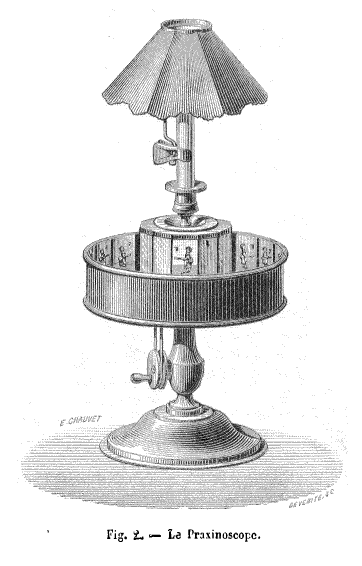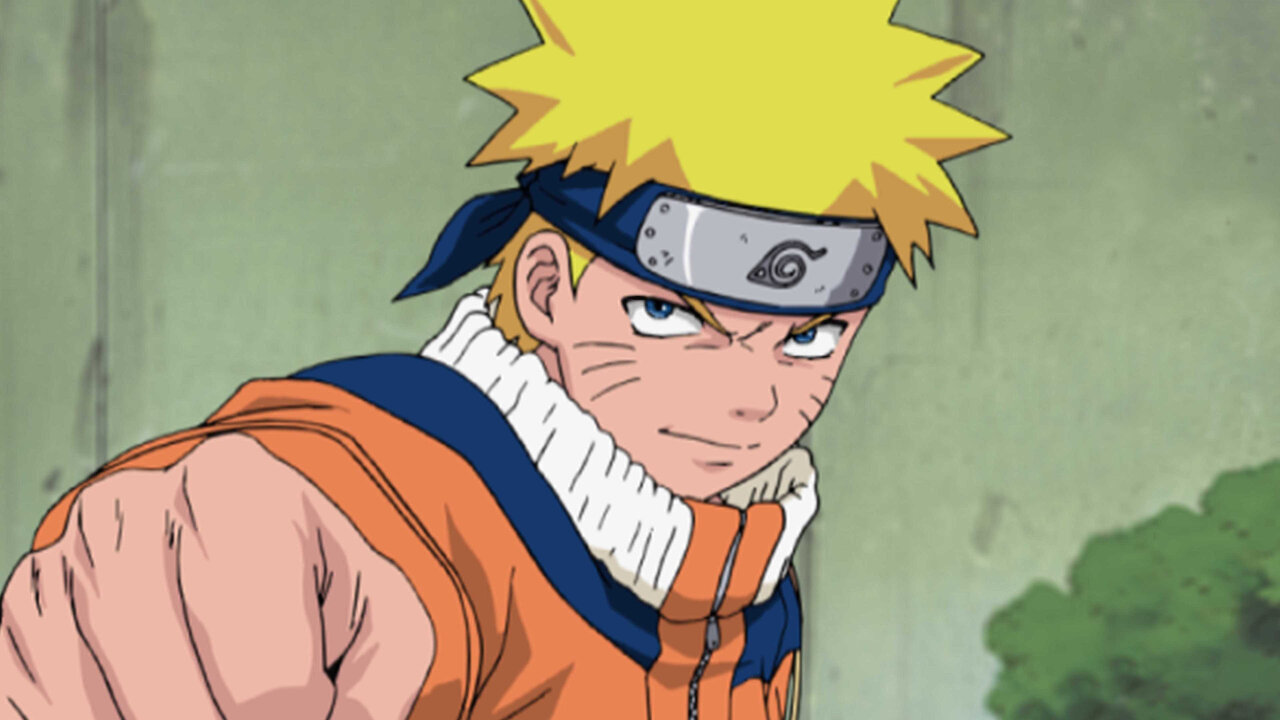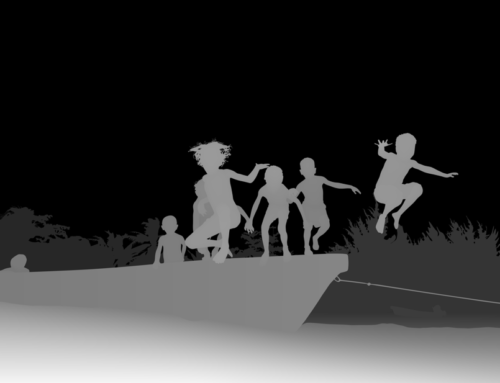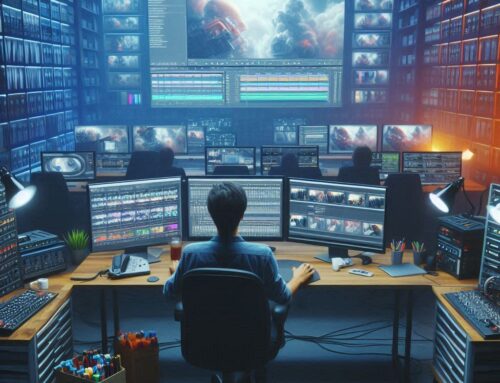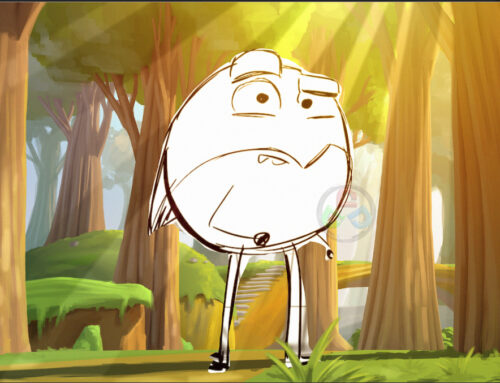2D Animation Facts: History, Present and Future
2D animation, a timeless art form, has evolved significantly over the years. Its charm lies in its simplicity, yet it remains a powerful tool in storytelling and visual expression. Despite technological advancements, 2D animation‘s timeless appeal endures, offering a nostalgic and emotionally resonant experience. Lets Explore some of the 2D animation Facts..
Evolution of 2D Animation:
From early hand-drawn cartoons to the digital era, 2D animation has witnessed a remarkable evolution. The transition from cel animation to digital platforms has enhanced its accessibility and creative possibilities.
Applications and Uses:
Entertainment: 2D animation is a staple in the entertainment industry, delivering beloved classics like Disney’s “The Lion King.”
Education: Animated educational content, like “Schoolhouse Rock,” engages and educates audiences of all ages.
Industry Impact:
The 2D animation industry continues to thrive globally, contributing significantly to film, television, advertising, and online content creation.
Global Influence of 2D Animation:
Countries like Japan lead in 2D animation production, exemplified by the widespread popularity of anime. Their unique storytelling and artistic styles have garnered global acclaim.
Studio Ghibli, a Japanese animation studio, exemplifies the global impact of 2D animation. Films like “Spirited Away” showcase the artistry and emotional depth achievable through 2D animation.
Technology Advancements: 2D Animation Facts
Advancements in technology have enhanced the production efficiency of 2D animation, making it more accessible to independent creators and small studios.
The video game “Cuphead” gained acclaim for its hand-drawn, 2D animated style. Its success demonstrated the market’s appetite for unique, visually striking content.
Creative Freedom for 2D Animation
2D animation allows for diverse artistic styles, fostering creativity and enabling artists to explore unconventional narratives.
Disney’s “Paperman” seamlessly blended 2D and 3D animation, showcasing how the medium can evolve while preserving its traditional charm.Ancient Roots of 2D Animation:
2D animation traces its roots to ancient cave paintings, where sequential images told stories long before the digital age. These early forms of storytelling involved the depiction of sequences of events through multiple images, much like a storyboard.
The development of 2D animation as we know it today began in the late 19th century with the invention of devices like the Praxinoscope. This device showcased hand-drawn images in rapid succession, laying the foundation for modern animation.
Disney’s Debut:
Disney’s “Steamboat Willie” in 1928 marked the first synchronized sound and fully synchronized animated short featuring Mickey Mouse. The film was produced using a click track to keep musicians on the beat. It was an immediate hit and is considered a significant milestone in animation history.
This film revolutionized the animation industry and set the stage for the future of animated storytelling.

Steamboat Willie
Evolutionary Milestone:
The introduction of cel animation in the 1930s allowed animators to create more fluid and dynamic movements, revolutionizing the industry. This traditional 2D animation technique involved drawing images on thin, transparent sheets of plastic material, known as ‘cels‘.
Walt Disney Studios popularized this technique, bringing unprecedented color, movement, and realism to animated films. The same background could be used with multiple cels, making the process more efficient.
This technique revolutionized the industry, paving the way for the dynamic and fluid animations we see today.
War Efforts:
During World War II, 2D animation played a crucial role in training and propaganda films, showcasing its versatility beyond entertainment. These films were designed to build public morale and encourage involvement in the war effort.
Animated cartoons were used to promote war bonds, with characters like Bugs Bunny becoming national mascots. Animation encouraged civilians to recycle scrap metal and cooking grease for war efforts.
Animation was even used to educate people about tax payments. This period showcased the versatility and influence of 2D animation.
Golden Age of Cartoons:
The 1940s and 1950s saw the rise of iconic characters like Bugs Bunny and Tom and Jerry, defining the golden age of animated shorts. The 1940s and 1950s, often referred to as the “Golden Age of Cartoons,” were transformative years for 2D animation:
The characters and styles developed during this period continue to influence modern animation.
Innovative Techniques:
Disney’s “Snow White and the Seven Dwarfs” (1937) utilized multiplane camera technology, adding depth and realism to animated scenes. Disney’s “Snow White and the Seven Dwarfs” (1937) marked a significant innovation in 2D animation:
“Snow White and the Seven Dwarfs” was the first full-length animated film to use this camera. This innovative technique transformed the way movies were shot by Disney.
This breakthrough added a new dimension to 2D animation, making scenes more lifelike and captivating..
Anime Explosion:
Japan’s anime boom in the late 20th century brought forth a diverse range of styles, genres, and storytelling techniques. Anime became mainstream in Japan in the 1980s, with popular series like Gundam, Macross, and Dragon Ball.
Anime’s unique style captivated global audiences, becoming mainstream in the U.S. and other countries.
Anime’s influence extended beyond entertainment, impacting media studies, cultural studies, sociology, and anthropology. The anime boom left an enduring legacy, shaping the evolution of animation worldwide.
Digital Renaissance:
The 1990s witnessed the transition from traditional to digital animation, expanding creative possibilities and streamlining production workflows. The 1990s marked a “Digital Renaissance” in 2D animation:
Computer-Generated Imagery (CGI) started to dominate, becoming a significant part of the film and TV industry. Digital tools streamlined production workflows, overcoming challenges of limited computer memory.
The advent of digital options expanded creative possibilities. Films like “Beauty and the Beast” and “Toy Story” showcased the potential of digital animation.
This transition revolutionized the animation industry, opening new avenues for creativity and efficiency.
Oscar Recognition:
2D animation has consistently earned Oscars, with Classics like “The Lion King” (1994) and recent gems like “Spider-Man: Into the Spider-Verse” (2018) have been recognized. The Academy Award for Best Animated Feature, introduced in 2001, has honored many 2D animations.
Before this category, special Oscars were occasionally bestowed for exceptional productions. These recognitions highlight the influence of 2D animation on filmmaking and its ability to captivate audiences.
Enduring Appeal:
Despite the rise of 3D animation, 2D animation’s charm persists, with modern classics like Studio Ghibli films proving its timeless allure. The enduring appeal of 2D animation is evident in its persistent charm, despite the rise of 3D animation:
2D animation allows for diverse visual styles, from traditional hand-drawn animations to stylized and experimental approaches. The hand-drawn nature of 2D animation allows for highly expressive performances.
Many modern animated productions combine 2D and 3D elements, blending the strengths of both mediums.
Conclusion – 2D Animation Facts
Aside from these 2D animation Facts, in the world of ever-evolving animation techniques, 2D animation stands as a testament to the enduring magic of hand-drawn artistry. Its ability to evoke emotions, tell captivating stories, and adapt to new technologies ensures its continued relevance in the creative landscape. While 2D animation has come a long way from its roots in ancient cave paintings, the core concept remains the same. It’s a testament to the enduring power of this art form that it continues to captivate audiences worldwide, from prehistoric caves to modern digital platforms.
Contact us for Any type of 2D Animation Services:
Contact us for 2D Animation Services
Written By-
Surya – 3D Services India
Surya is a dynamic professional, currently serving as a Content Writer at 3D Services India, where he closely monitors ongoing developments in the VFX and Animation industry. He is also the writer for “Beyond the Green Screen,” a popular newsletter that explores the latest trends in the field.
© 2023 3D Services India. All Rights Reserved.


